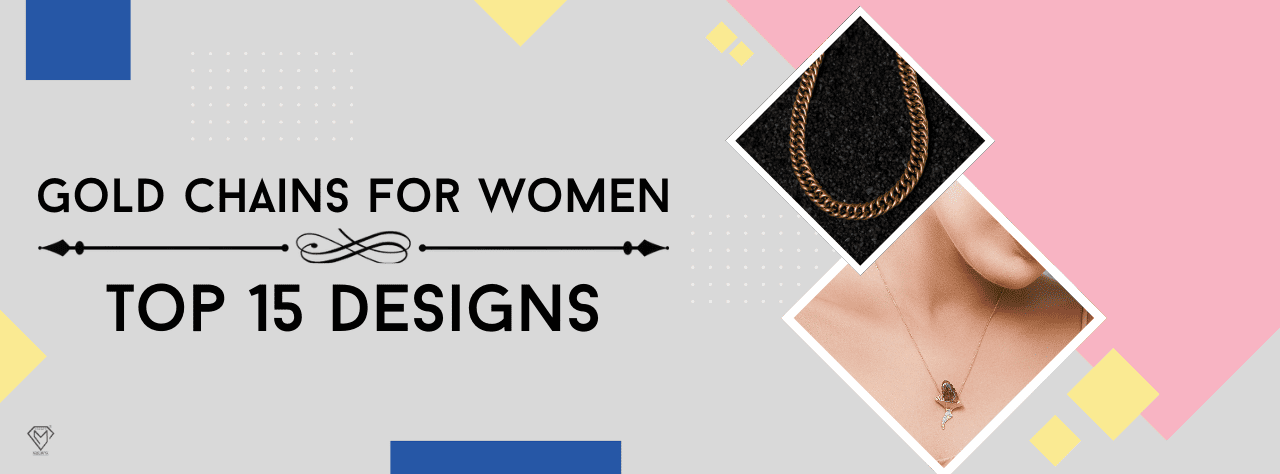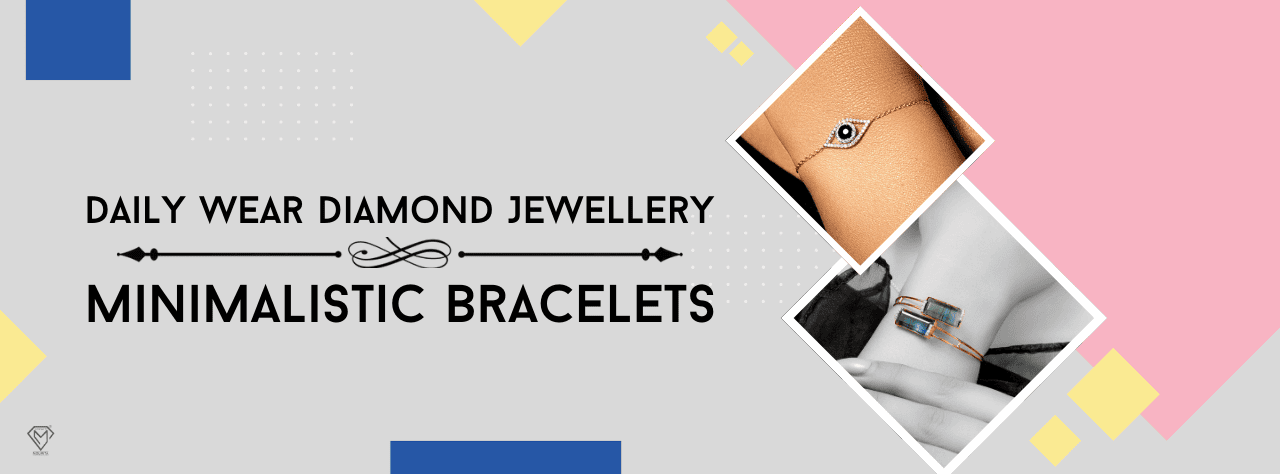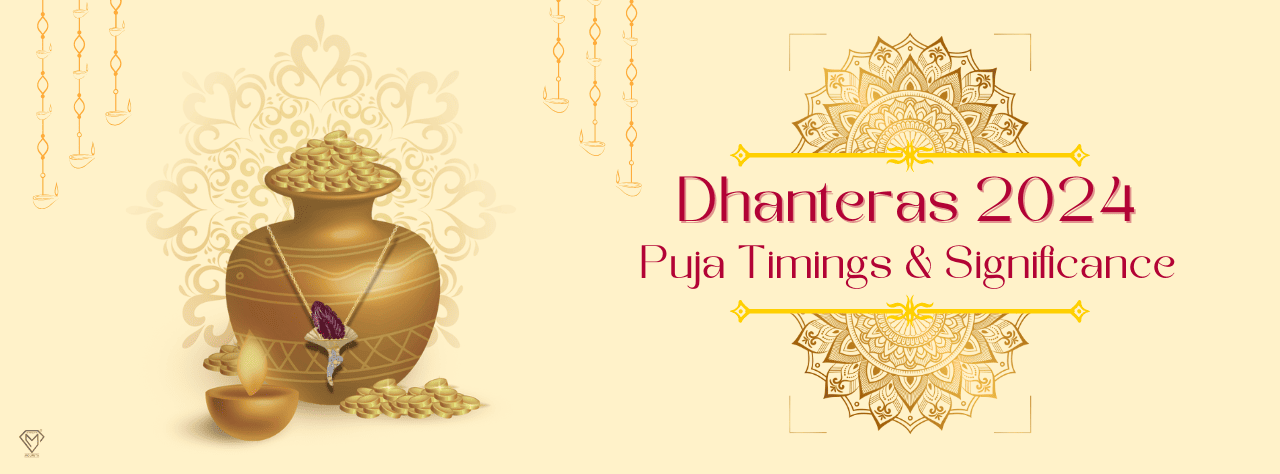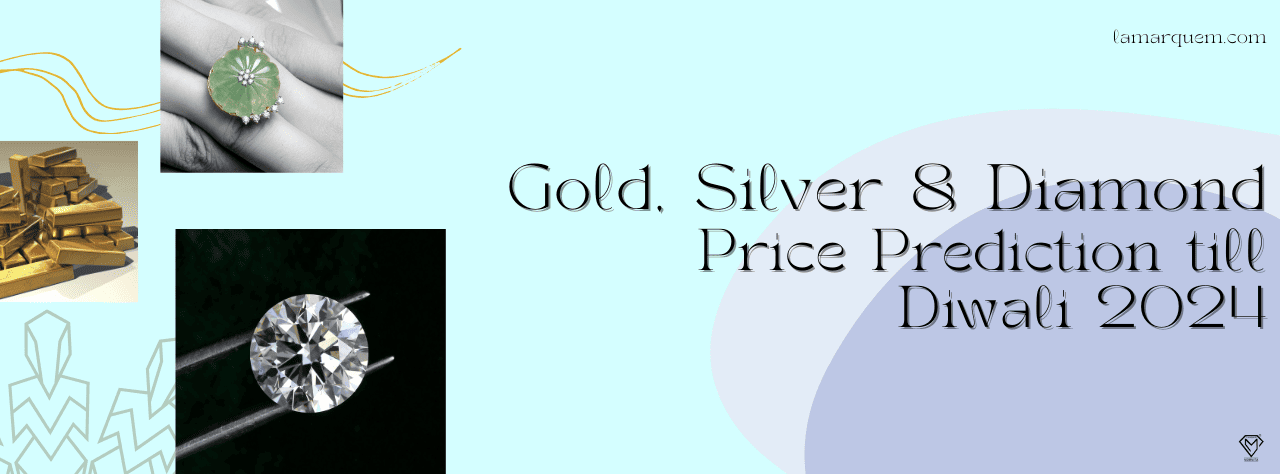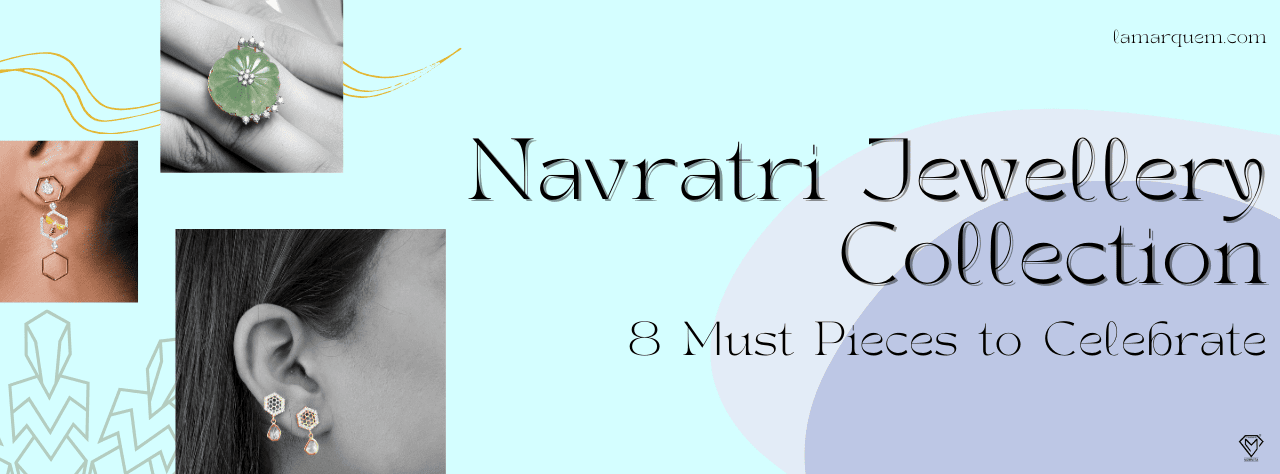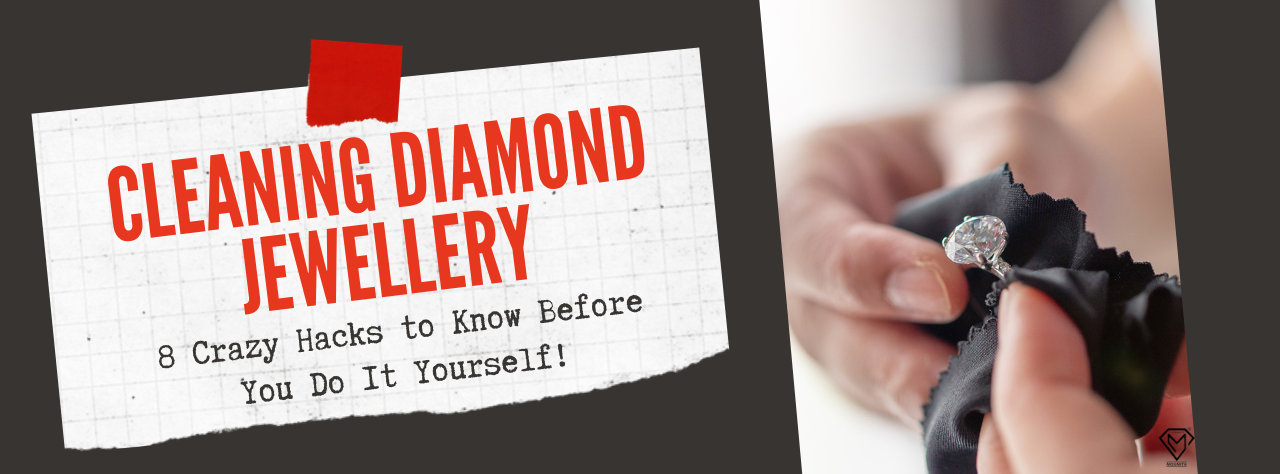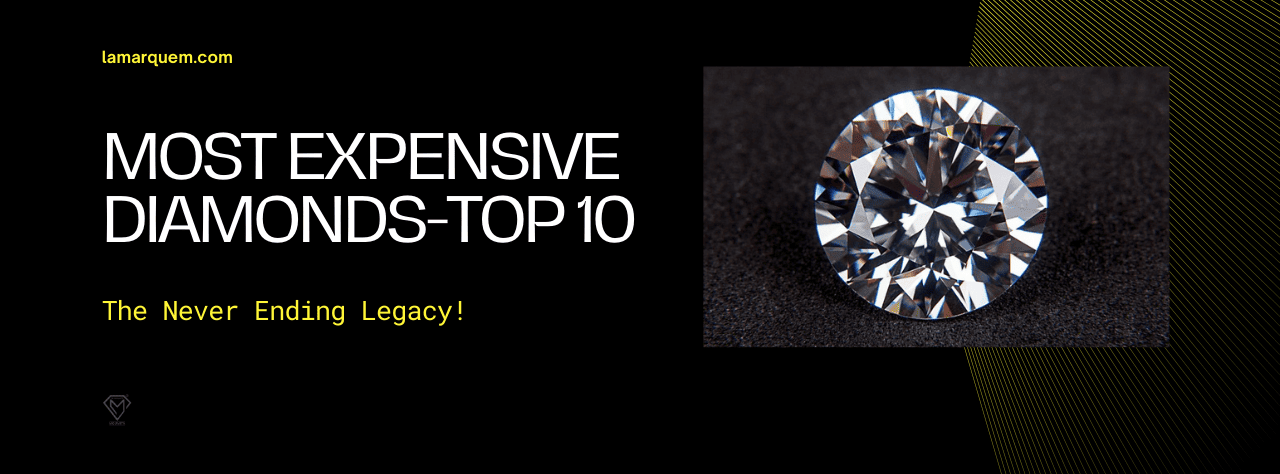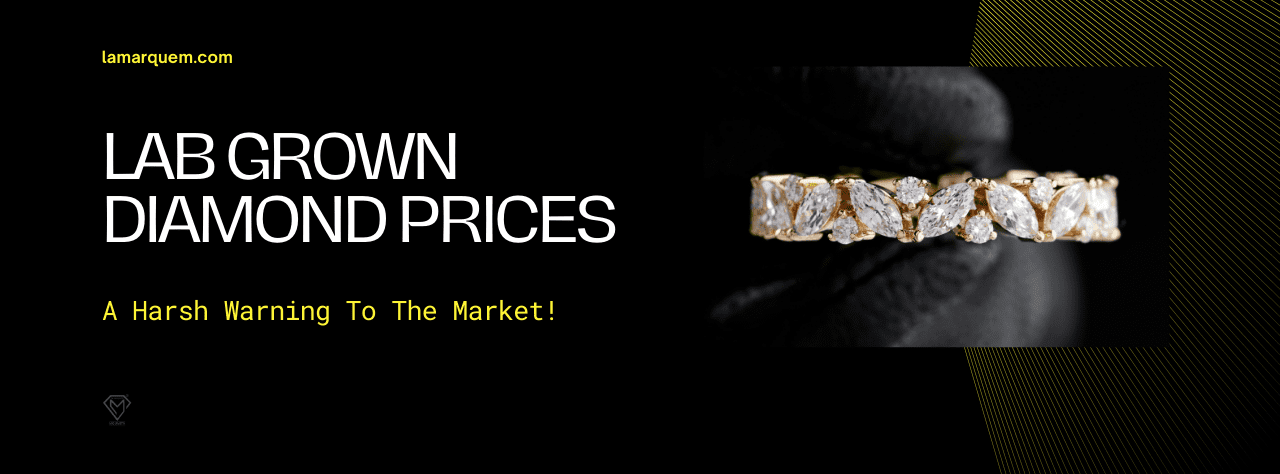Everything About 585 Gold, 750 Gold, and 916 Gold
In India, buying gold jewellery doesn’t need any occasion or celebration, or any reason for gifting someone, it’s like carrying the regalia of gold throughout the rest of your life. Gold is counted as the most auspicious metal and that’s why it has the most priority on any Indian occasion.
But there are numerous types of gold jewellery according to the purity of gold. There are three base variants of a gold alloy, used in jewellery manufacturing, which are 585 gold, 750 gold, and 916 gold alloys. So, here is the discussion of everything about these variants, and it is going to clear all your doubts regarding these numbers, and all.
– 585 Gold Jewellery
Probably the most popular and suitable alloy of gold, this variant carries a percentage of 58.50 fine gold and 41.50 of a mixture of metals like silver, copper, etc. to make the alloy. There are ample reasons why this variant has been under the limelight of absolute fame.
First of all, we must get into what this 585 gold is, like what this number actually means. But before that, it is important to put some light on hallmarking. Hallmarking is a process, introduced by the Bureau of Indian Standards (BIS), where the purity of gold is engraved on the jewellery along with some other factors. To know more about hallmarking, go through What is Hallmark Certificate for Gold.
585 gold jewellery is also such a number engraved on gold jewellery, representing the fineness of gold as 58.50 in that respective jewellery. Here are those particulars which you’ve utterly heard before. The casual term of this 585 gold jewellery is 14K jewellery and this has been the top preference for mounting diamonds.
585 gold alloy is the toughest variant among all gold alloys because of the ratio of silver and copper added to it. For manufacturing diamond jewellery, the base gold alloy actually should be tough enough to hold the diamonds for longer times. One more thing is 585 gold takes more time and heat to get affected by any means, so in the long run diamond jewellery remains the same with its spectacular sparkle and that definite dazzling glaze.
On the other hand, 585 gold jewellery costs less than other variants like 750 or 916 jewellery, and when someone is investing a lot in diamonds, he/she tries to invest as low as possible in gold. So, for such big-budget and diamond-loving people, 585 gold and diamond jewellery becomes the best possible option, as with it, you will feel the regalia of wearing both gold and diamond.
– 750 Gold Jewellery
Just like 585 gold jewellery, this one is also a gold alloy but different in many aspects from the previous one. The purity of gold in this alloy is 75.00 per cent which is melted with 25.00 per cent of silver and copper, and it is casually called 18K gold jewellery.
750 is another hallmarking term which is engraved on 18K jewellery by a registered hallmarking centre representing the fineness of gold in that specific jewellery. This variant of gold alloy is also for both diamond jewellery and gold jewellery, but there is something which you must know.
750 gold alloy is not that much tough as 585 gold but still, it can be used in manufacturing royal diamond necklaces. Diamond jewellery in 750 gold also makes the final product a bit more costly than that of the previous variant, so keep it in mind while making. If you talk about the longevity of a diamond necklace built in 750 gold alloy, then remember that it gets a bit more easily affected when you take it to repair. Otherwise making diamond jewellery in 750 gold alloy is always fine because it will bring the majestic you from inside in a gorgeous and elegant way.
– 916 Gold Jewellery
When the discussion starts about only gold jewellery, this 916 gold alloy comes into action in its super glowy and extremely magnificent way. This is the only gold alloy, used for manufacturing gold jewellery, with the highest fineness of gold at 91.6 per cent. And the number 916 along with the hallmark emblem beside it represents the fineness quotient as well.
As this is the most fragile variant of gold for jewellery manufacturing, it can never be used in manufacturing diamond jewellery. This variant is only for gold jewellery and especially Kundan jewellery. Usually addressed as 22K jewellery, this alloy differs from the others mainly in colour, as it has the highest percentage of gold pushing the jewellery colour more towards golden yellow.
Wearing 916 gold jewellery always reflects the regal standard, the grand tradition, and the authentic personality of its wearer. A bride’s jewellery set becomes unbeatable when she wears some heavy jewellery items made in 22K gold, because of its matchless effulgence, and that sparkling beauty of gold.
Karat |
Fineness |
Numerical Index |
Best for Manufacturing |
14 |
58.5% |
585 |
Diamond Jewellery |
18 |
75.0% |
750 |
Both Gold & Diamond Jewellery |
22 |
91.6% |
916 |
Gold jewellery |
What to Buy?
If it is about bridal jewellery, then 585 gold alloy remains the best option for Diamond bridal jewellery as it costs less than any other available variants of gold and doesn’t get easily affected by daily hassles for its sturdiness. 916 gold alloy will have the most priority for Gold, Polki, or even Kundan bridal jewellery for its majestic effulgence and brightening beauty. 750 gold alloys are surely better choices for both gold and diamond jewellery in daily wear because they are also magnificent and elegant in their own way.



